$HP Inc(HPQ)$ announced its results for Q4 FY2024, which were down over 12% at one point after the bell, causing concern in the market.
The quarterly results still exceeded expectations, although management lowered its guidance for FY25 on a note of caution.
Financials vs. market expectations
Revenue was up 1.7% year-over-year to $14.1 billion, slightly ahead of market expectations of $13.99 billion.On a fiscal year basis, revenue for fiscal 2024 fell slightly to $53.6 billion, a 0.3% year-over-year decrease.
Adjusted operating margin was 8.5%, slightly below estimates of 8.66%, and earnings per share of $0.93 were unchanged from analysts' expectations.
The company generated $1.5 billion in free cash flow, down 21 percent year over year, and spent $900 million to repurchase 25.4 million shares.
Business Performance by Segment
The personal computer (PC) business had a strong quarter, with revenues of $9.59 billion, up 2% year-over-year.However, revenue from consumer PCs declined 4 percent, while commercial PCs grew 5 percent, indicating a divergence in market demand.
Printing revenue increased 0.8 percent to $4.45 billion.
Analysis of Expectations
The reasons why HP's results did not fully meet market expectations include the following:
Weakness in the consumer market: Consumer PC sales declined 4%, indicating weakening consumer demand, which may have been impacted by the economic environment and lack of consumer confidence.
Increased market competition: As competition in the technology industry intensifies, HP faces pressure from other brands, which may affect its market share and pricing power.
Economic uncertainty: Uncertainty in the global economic situation has caused businesses and consumers to be more cautious in their purchasing decisions, which has affected overall sales.
Investor Concerns
Adjustments to future guidance: whether HP's guidance for the coming quarters will be further downgraded.The company is cautiously optimistic about the future and will continue to invest in innovation and new technologies to drive long-term growth.
Cost control and efficiency improvement measures: how the company is responding to rising costs and market competition.
Development of innovative product lines: new product launches and their potential contribution to revenue growth.
Dividends and buybacks: the company will continue its share buyback program and stable dividend policy.He noted that these measures aim to enhance investor confidence while supporting the company's long-term growth strategy
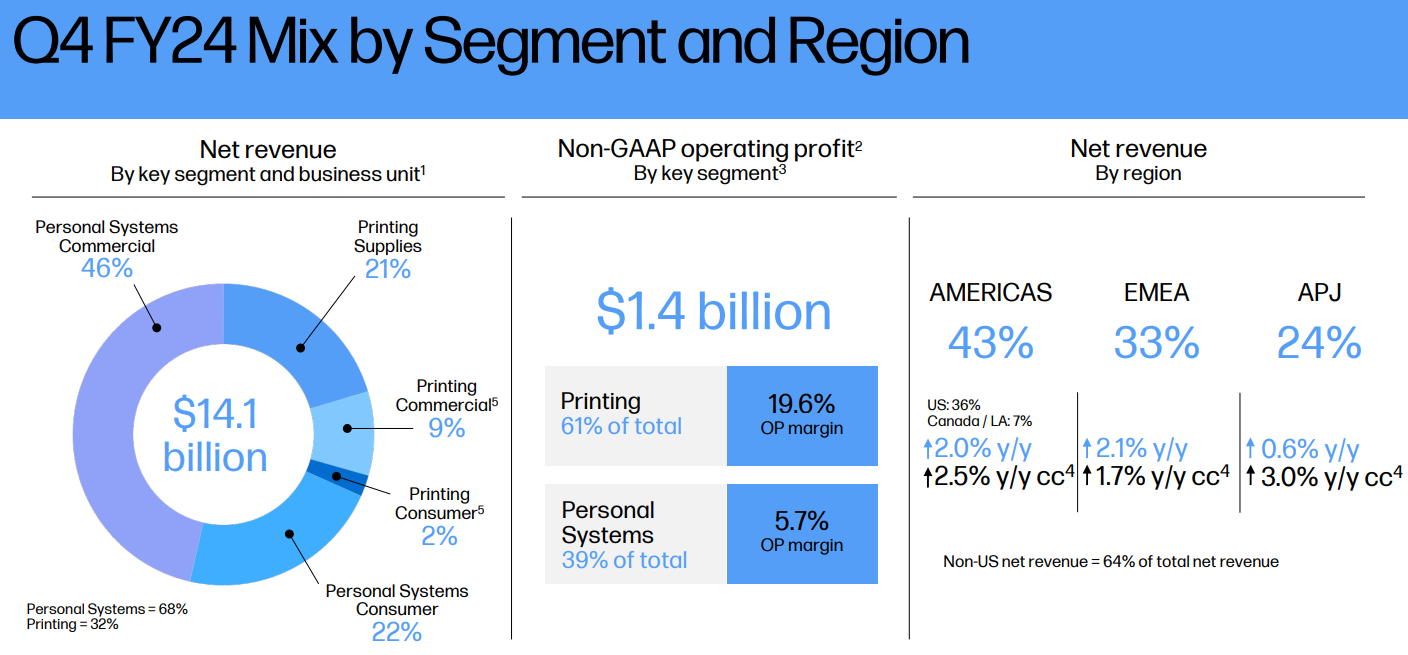
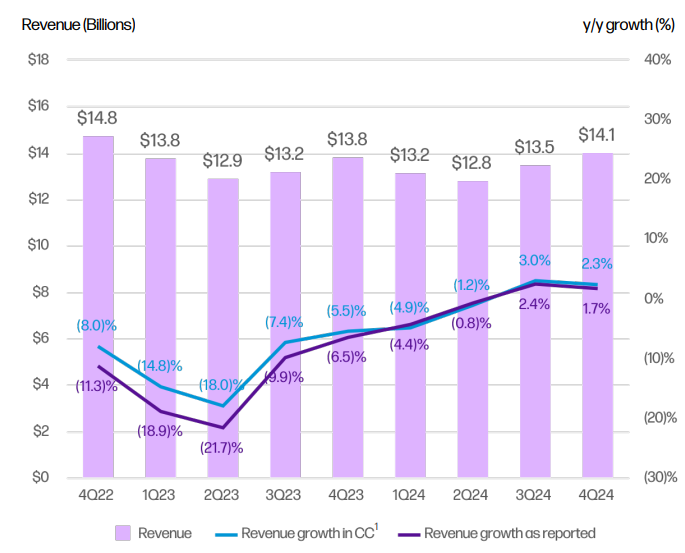
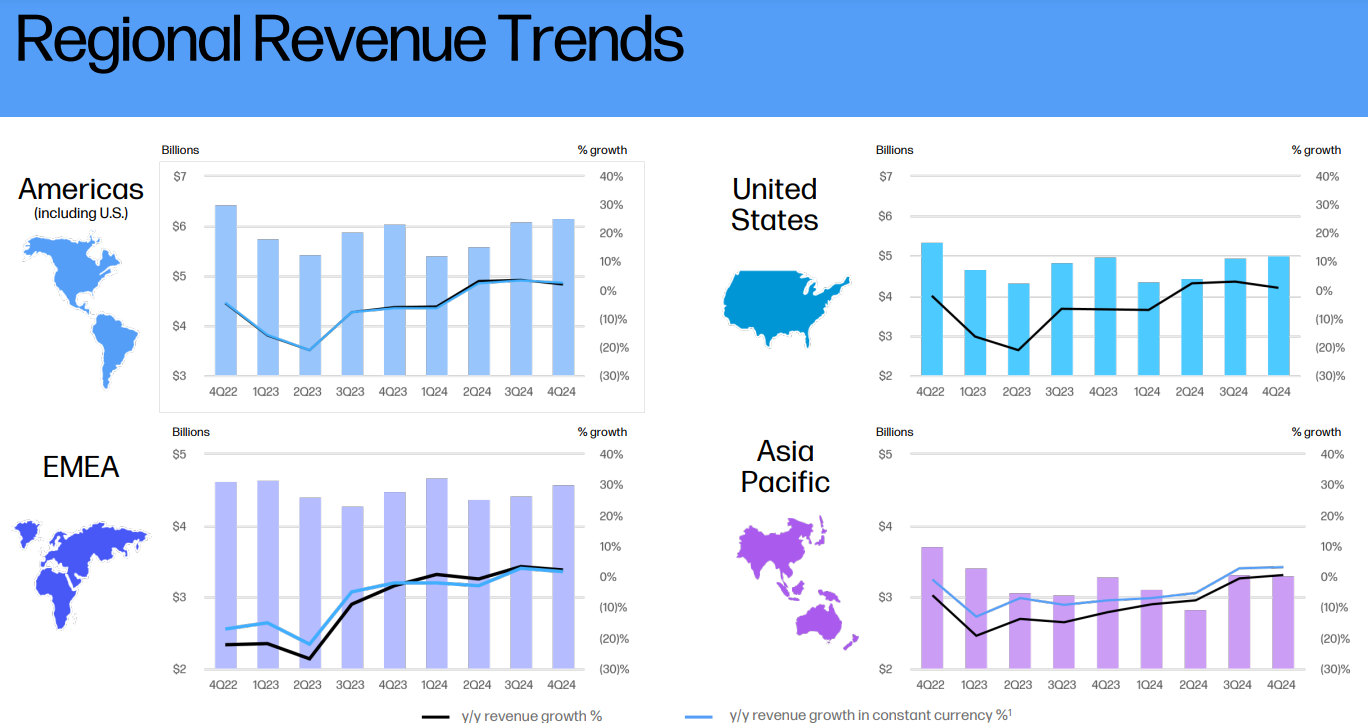
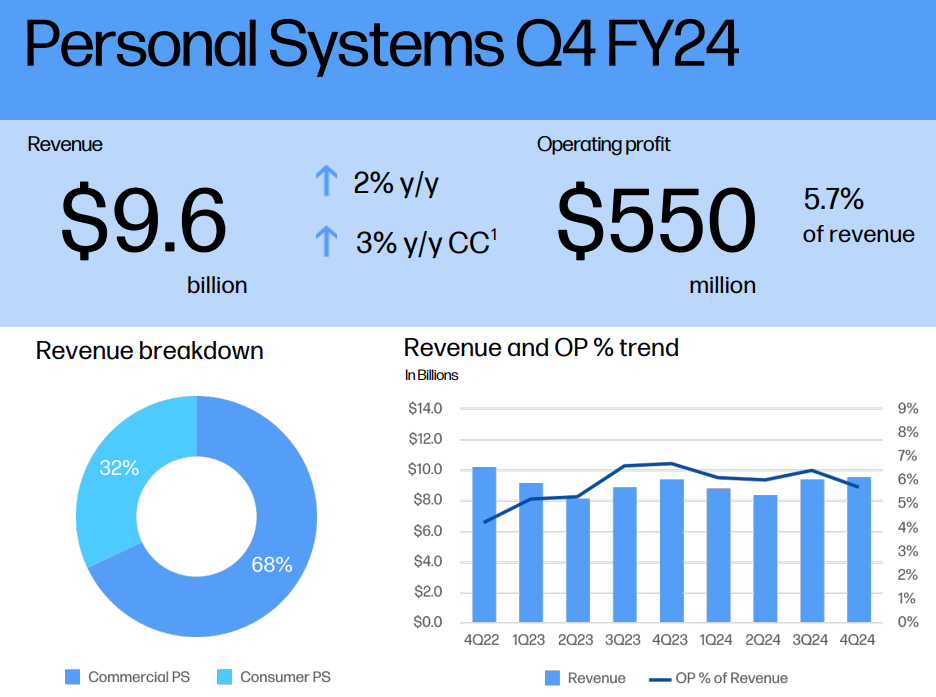
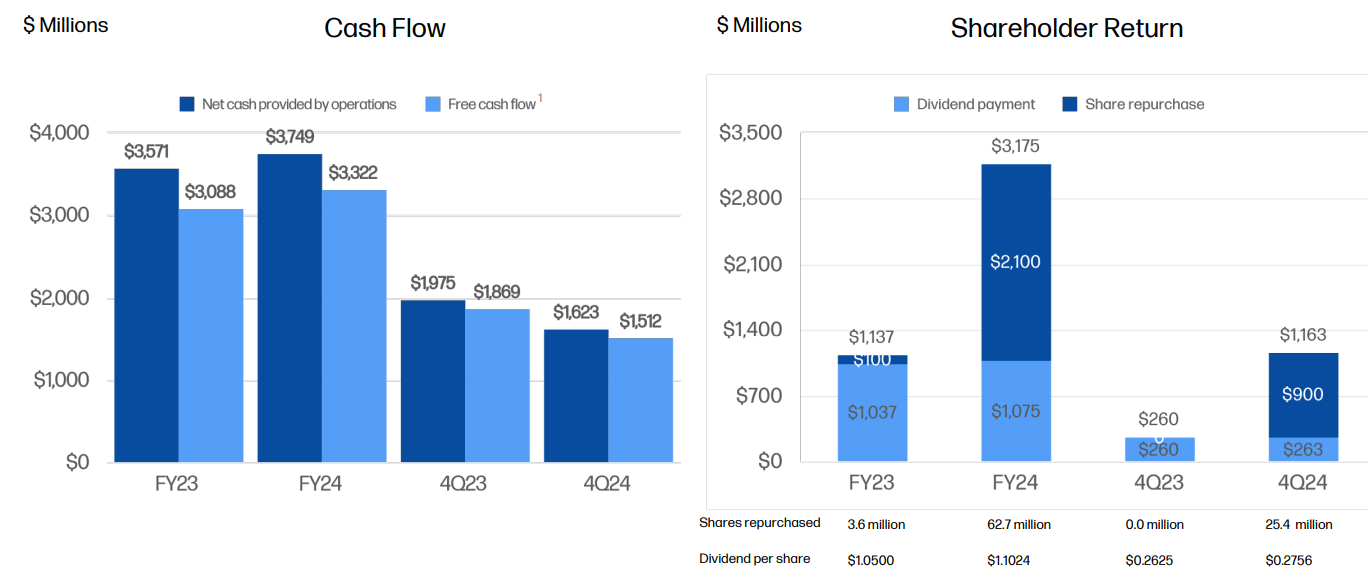
Comments